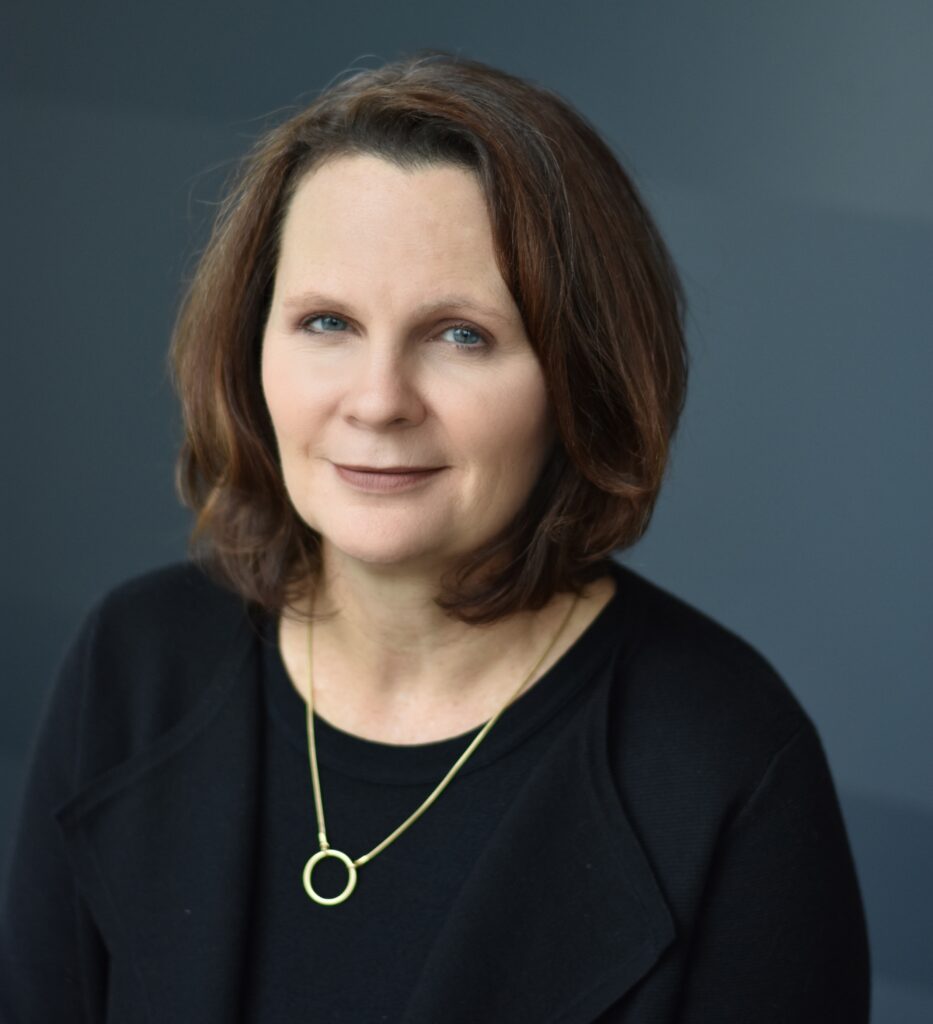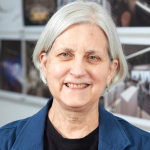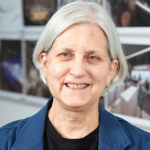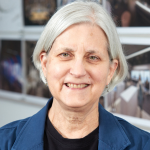Q&A with the women behind the design of Intuit Dome
AECOM is the lead designer of Intuit Dome, the future home of the LA Clippers. The iconic new sports and events venue has been designed for optimal and intimate engagement with the community and fans and will raise the bar for every major sports franchise in the world concerning sustainability through design and fan experience.
In the Intuit Dome blog series, we’ve taken a deep dive into each element of Intuit Dome with the leaders who made this project a reality. Today, we learn more about the empowering design architects who brought this project to life and their experience as women in architecture.



Q: What inspired you to pursue a career in architecture, and how did your background influence your design approach on Intuit Dome?

My diverse background includes experiences in sports, corporate, hospitality and furniture. This has equipped me with a unique perspective and an ability to problem-solve creatively. I enjoy looking at situations from different angles, whether it’s the big picture or the smallest details.

I pursued architecture because I enjoy challenges, allowing me to explore new ideas using technology and art.

My passion began with a deep curiosity about how things work and a fascination with the world around us. This curiosity led me to pursue an engineering degree, where I found the intersection of physics and building design especially captivating. I was drawn to building physics — the study of how the laws of physics apply to the built environment — which ultimately shaped my career path. In 2013, I was fortunate to transition to the High-Performance Buildings and Communities team within our Buildings + Places business line. There, I worked on notable projects such as the Golden 1 Center, applying the lessons learned to future endeavors like Intuit Dome.
Q: Can you describe your specific role with Intuit Dome? What were your main responsibilities?

As the Lead Interior Designer, I was responsible for creating premium, team and public spaces that aligned with the owner’s vision. I collaborated with the team to develop unique designs that catered to the needs of patrons, the team and Clippers staff, overseeing the project from conception to completion.

The Intuit Dome project has many components such as the arena, garages, ancillary buildings and the outdoor plaza. I led the design team for the arena and my primary responsibilities were coordinating the architectural team and the discipline designers, i.e., structural engineers, mechanical engineers and others to deliver contract documents to the construction team.

In my role on the Intuit Dome project, I led the performance-based design modeling, collaborating with high-performance building design specialists across our regions, including the U.S., the UK and Australia. My primary responsibility was to support the project in achieving its ambitious sustainability targets, such as net zero carbon, 100 percent electric energy use and LEED Platinum certification. Additionally, I worked to balance these sustainability goals with other key project requirements, such as enhancing aesthetics, optimizing the fan experience, ensuring thermal comfort and managing costs.
Q: How do you think projects like Intuit Dome contribute to the visibility and recognition of women in architecture?

The prominent presence of women in leadership roles on the Intuit Dome project, including architects, designers, specifiers, construction managers, owners’ representatives and clients, has significantly advanced the field of architecture. Our visibility off-site waiting for a rideshare or our coffee order, often marked by the distinctive PPE gear, has sparked conversations about gender diversity and inspired a desire for more women in these roles.

The Intuit Dome project contributed extensively to the visibility of women in business and architecture. Women were visible at all levels from Gillian Zucker, President of Business Operations for the LA Clippers to young intern architects at our office.

Projects like Intuit Dome are excellent platforms to highlight the invaluable contributions women make to iconic projects, reinforcing their visibility and recognition in architecture. Role models play a critical role in this process, as studies have shown that nearly 60 percent of women believe having a relatable role model is essential to achieving career success. Seeing women in leadership positions on such high-profile projects boosts confidence and support for others, demonstrating that women not only belong in these spaces but are instrumental to their success.
Q: How has the acceptance of women in your field changed throughout the years? How do you think it will look in the future?

Over the years, I’ve witnessed a gradual increase in the acceptance of women in architecture. This trend is encouraging, and I believe it will continue as younger generations recognize the profession as a viable career path. I hope that we’ll eventually achieve gender equality in the field.

I have observed a growing acceptance of women in the workplace, largely due to a stronger focus on diversity and inclusion. However, there is still work to be done to ensure that all women can fully realize their potential and thrive in their careers, and I hope this will occur in the future. Raising awareness and discussing biases and their impact on women’s careers is key, as is fostering a culture of respect and belonging that celebrates diversity. Accountability, particularly at the managerial level, is crucial to advancing diversity and inclusion with leaders supporting work-life balance through flexible working arrangements to help women succeed.






